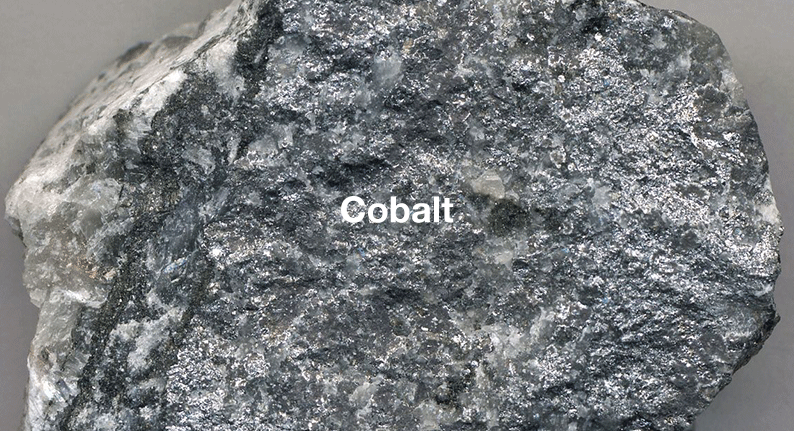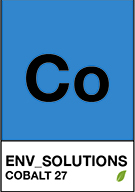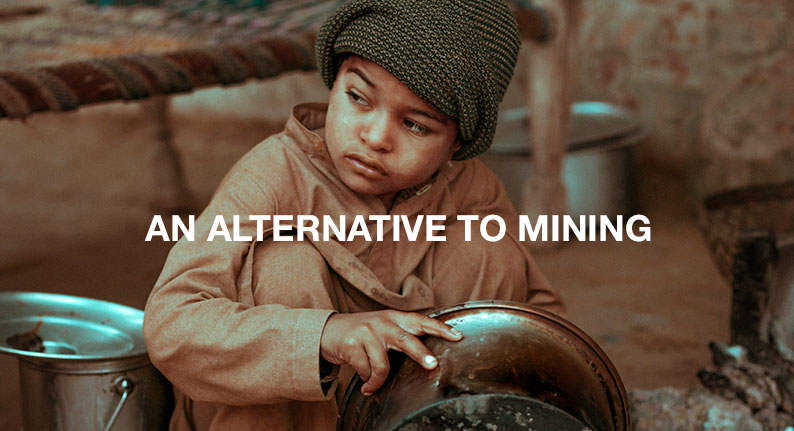Cobalt Metal Profile
07 Apr, 2020 8:38 AM / by Quek Leng Chuang

Cobalt is a heavy metal with a bluish grey color. This metal is one of the many metal concentrates we recover at Environmental Solutions (Asia). Here is an outline of the origin and applications of this precious metal.
1. Facts and figures
- Chemical name Co27
- There is no free cobalt on earth
- The name cobalt derives from the German word “Kobold” which means goblin
- Cobalt was the first metal that was discovered since prehistoric times
- Thermal conductivity is 26% in comparison with copper
- Cobalt retains its magnetic properties up to 1100 degrees Celsius
- Only micronutritient attached to a vitamin, B12
2. Natural occurrence and mining

Cobalt accounts for 0,004% of the earth crust. This sounds like a very small amount, however, it is still in the top third of abundant metals that are contained in the earth’s crust. In pure form, it can only be found in meteorites and in the earth’s core. Otherwise on earth we do not observe any free cobalt, it is always found amongst nickel, copper, silver, iron or uranium – a variety of cobalt ores! Usually, those ores only contain about 0,1 to 0,3% of cobalt. Thus, most cobalt is mined as a byproduct from copper or nickel.
According to actual estimates, worldwide 25 million tons of cobalt exist on earth and more than 120 million tons of cobalt could be found on the grounds of the seas.
Major cobalt mines are situated in the democratic republic Congo, China, Canada, Russia, Brazil and New Caledonia. In 2016, 123 000 tons of carbon were mined in total. Still, 63% of all cobalt is mined in the DR Congo. During the last decades, mined quantities experienced an ongoing growth. Often, cobalt is not refined in the same countries as it is mined. In 2016, among the biggest refinery countries were China (45 046 tons), Finland (11 187 tons) and Belgium (6 329 tons).
Especially the Democratic Republic of Congo is a comparatively unstable country. Human rights violations and child slavery have repeatedly been reported from this region. Therefore, the Federal association of the German industry even recommended switching from cobalt to other materials for lithium ion cells. Another possibility is to use recycled cobalt, which is not produced in socially unsustainable conditions. This is a favorable option as cobalt is fully recyclable.
3. Applications
Cobalt has a wide and often surprising array of applications.
A share of cobalt is used for superalloys for example to make steel more heath resistant (16%). Due to their resistance against corrosion and wear, these alloys are particularly suitable for aircraft engine parts. Cobalt also acts as a binding agent for sintering materials used e.g. to treat diamonds. Alloys containing cobalt do not corrode or wear out which also makes them a preferred material to produce implants e.g. for teeth. Moreover, cobalt is suitable for use in non-electric permanent magnets.
Only since the 1990s, more and more cobalt is required for lithium ion batteries. An accumulator containing a positive electrode made of lithium cobalt oxide shows a remarkably high energy density. There are several types of batteries, for example the Lithium Nickel Manganese Cobalt Oxide batteries or the Lithium Nickel Cobalt Aluminium batteries. These batteries are used for various electric appliances, cameras, but also for electric cars. Today, 41% of cobalt is used for batteries (2013). Due to these, we can explain the fivefold increase in production during the last 20 years. However, automobile producers are already working on a reduction of the cobalt content in their batteries.
Another application for cobalt is as a catalyst in several industries, for example to process biomass to liquids, coal to liquids or for alcohol synthesis. Cobalt is frequently used for reactions with carbon monoxide involved.
In cosmetics, colors for painting and ink, cobalt is used to create a blue color. The most common use in this context is as a coloring for the blue cobalt glass. Depending on how much cobalt is used, the glass seems more or less transparent and the blue color is stronger or weaker. Today, cobalt glass is still produced but instead of a mixture of cobalt oxide containing arsenic, arsenic-free cobalt (II) oxide is used. The coloring does not only serve decorative purposes. Especially in earlier times it was used to pack substances that are sensitive with regards to light, e.g. medicine.

4. An Alternative to Mining
Environmental Solutions (Asia) helps companies to turn the cost of managing their waste materials to potential revenue. For more information, please contact us.
Topics: Metal Waste, Reimagining Sustainability
Written by Quek Leng Chuang
LengChuang is a chemical engineer and an expert in carbonomics. He is the founder and owner of Environmental Solutions (Asia) Pte Ltd.
